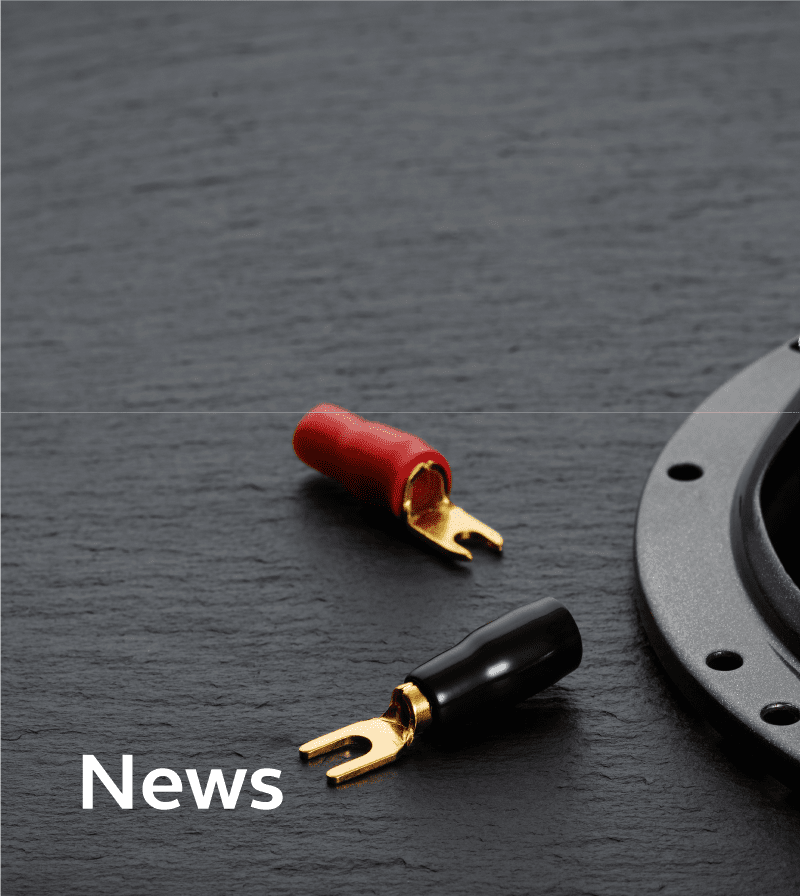Selecting the appropriate speaker goes beyond simply choosing the loudest model. Given the wide variety of speakers available today, it’s crucial to understand the differences in their design, use, frequency range, and connectivity. This guide provides a clear overview of the most common types of speakers, helping you make an informed decision whether you’re setting up a home theater, upgrading your office audio, or simply looking for a portable solution. Explore how each type fits different environments and discover the specialized options for creating the perfect audio experience.
Overview different types of Speaker Types
Speakers come in various forms, each designed to meet specific audio needs. From compact portable speakers to large floor-standing units, the diversity in speaker types allows users to find the perfect match for their listening preferences and environments. The types of speakers range from traditional passive and active speakers to more specialized options like subwoofers, soundbars, and in-wall installations. Understanding these categories helps you choose the right solution for various audio experiences, from casual listening to immersive home theaters or professional setups.
Classification types of Speakers by Usage
Speakers can be categorized according to the environments and purposes they are designed for:
- Bookshelf Speakers: Compact and versatile, ideal for small to medium rooms or retail spaces. They are often used in conference rooms and office settings where space is limited but high-quality sound is essential.
- Floor Standing Speakers: Best for large rooms or events requiring powerful sound output. These tower speakers provide a full-bodied audio experience, suitable for presentations, gatherings, or dedicated media rooms.
- Portable Speakers: Designed for on-the-go use, these wireless and battery-powered speakers are perfect for outdoor events, trade shows, travel, and casual home listening, offering flexibility and convenience in various environments.
- In-wall and Ceiling Speakers: Discreet solutions for environments where maintaining a sleek aesthetic is crucial, commonly used in high-end corporate settings, upscale restaurants, and hotels.
Classification by Frequency Range
Different speakers are designed to handle specific frequency ranges to improve audio quality:
- Subwoofers: These are specialized for low-frequency sounds, delivering deep bass that’s crucial for creating impactful music and movie experiences. Subwoofers are essential in setups that demand rich, immersive sound.
- Tweeter Speakers: Designed for high-frequency sounds, tweeters reproduce delicate and crisp details, making them critical components in achieving a balanced and refined audio profile.
- Full-Range Speakers: Designed to cover the complete audio spectrum with a single driver, these speakers are ideal for applications where simplicity and broad frequency response are required, though they may not offer the same level of detail in specific frequency ranges as multi-driver systems.
Classification by Connectivity
Speakers also vary based on how they connect to audio sources:
- Passive vs. Active Speakers: Passive speakers require external amplifiers, offering greater control and customization for advanced users. In contrast, active speakers have built-in amplifiers, making them more convenient and user-friendly for plug-and-play setups.
- Bluetooth and Wireless Speakers: Portable and easy to set up, these speakers connect via Bluetooth or Wi-Fi, eliminating the need for wires and providing greater flexibility. Wireless and smart speakers are increasingly popular due to their seamless integration with smart home systems.
Specialized Speaker Types
Certain speaker types are designed for unique roles or environments:
- Soundbars: Compact and efficient, soundbars are widely used to enhance TV audio with minimal clutter. They offer a broader soundstage while fitting neatly under flat-screen TVs, making them ideal for modern home theaters.
- Surround Sound Systems: Surround sound systems like 5.1 and 7.2 create immersive audio through speaker placement and subwoofers. Newer technologies, such as Dolby Atmos, add height channels for a 3D audio experience, while Dolby Atmos FlexConnect allows flexible wireless speaker placement, optimizing sound based on room acoustics. These advancements enable high-quality sound in various setups, from traditional to modern.
- Outdoor Speakers: Built for durability and weather resistance, outdoor speakers ensure quality sound even in challenging environments, making them perfect for patios, gardens, and poolside settings.
Elevate Your Brand with Jazz Hipster’s OEM Speaker Services
Partner with Jazz Hipster for top-tier speaker manufacturing services. From design to production, we deliver high-quality, customizable audio solutions tailored to your brand’s needs.




